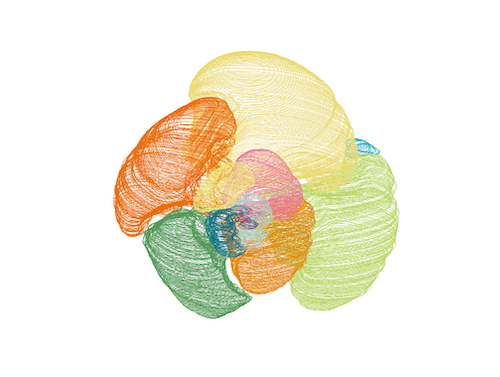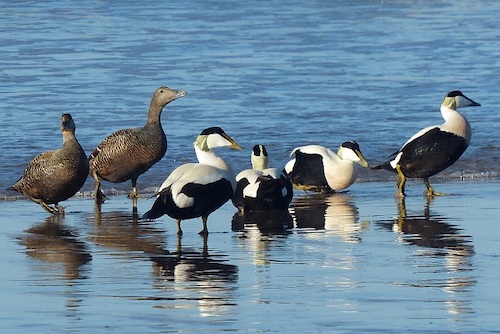SIEVE Southampton Interdisciplinary EVolutionary Ecology
Ecology; evolution; computer vision; geochemistry; mathematics; statistics; systematics.
Research Interests
We are interested in how the structure of populations and communities interacts with environmental changes to determine ecological and evolutionary dynamics.
Recent projects have been supported by NERC, BBSRC and Wellcome.
Our interests are necessarily diverse but group within three core areas.
The bridge from micro- to macroevolution
The emergence of new species is controlled by the link between environmental cues and organismal responses during life, but the contrasting temporal and biological scales involved create major problems for empirical study. As a consequence, the role of developmental plasticity during the emergence of new species is poorly understood. The University of Southampton has a cluster of research activity in this area.
We lead projects that leverage the mature fossil phylogeny, unprecedented geochemical understanding and astonishing temporal resolution of planktonic foraminifera. We consider this system an ideal window into processes that many groups of organisms experienced historically, but which are not preserved in enough abundance for analysis. The PISTON project will stimulate further development of theoretical models of speciation by providing the first empirical tests of key assumptions that underpin important areas of macroevolutionary theory, community ecology and palaeoclimate reconstruction. Anieke, Omar, James and Alex S-B are all driving this project forward within OES. Jasmine works with Mark Chapman in Biological Sciences studying the role of plasticity in adaptive divergence of domesticated brassicas.

Scaling ecological dynamics across individuals, populations and ecosystems
Within-species adaptation (microevolution) and the formation, survival and proliferation of new species (macroevolution) depend upon a distinctive set of traits that characterise individuals of a particular species. Attempts to understand how ecological processes map across space and through time are typically challenging to reconcile with each other: signals in deep time often do not correspond with extant mechanisms, as Marina showed. Anieke, Lorna and Chloe are all working to provide novel datasets to provide new data insights into the biotic regulators of diversity in deep time.

Demography for conservation and life history evolution
I am a member of the science/core committee for the COMPADRE database project to create a global open-access database of matrix population models for animals and plants and to facilitate its use for scientific and teaching purposes. These databases are a repository of demographic data from (mostly) published literature. As the number of published matrix population models (MPMs) grows, so do the opportunities to ask exciting questions about plant and animal demography, ecology, and evolution at a global and cross-taxonomic scale. At Southampton, we have focussed on expanding the taxonomic remit to include human MPMs. The current release now includes a further 1,120 human matrices, developed here to study the transient dynamics of European populations. Current activities are driven by Alex N-H working with the Wildfowl and Wetlands Trust to use MPMs to investigate the relationships between vital rates and population growth rates.
